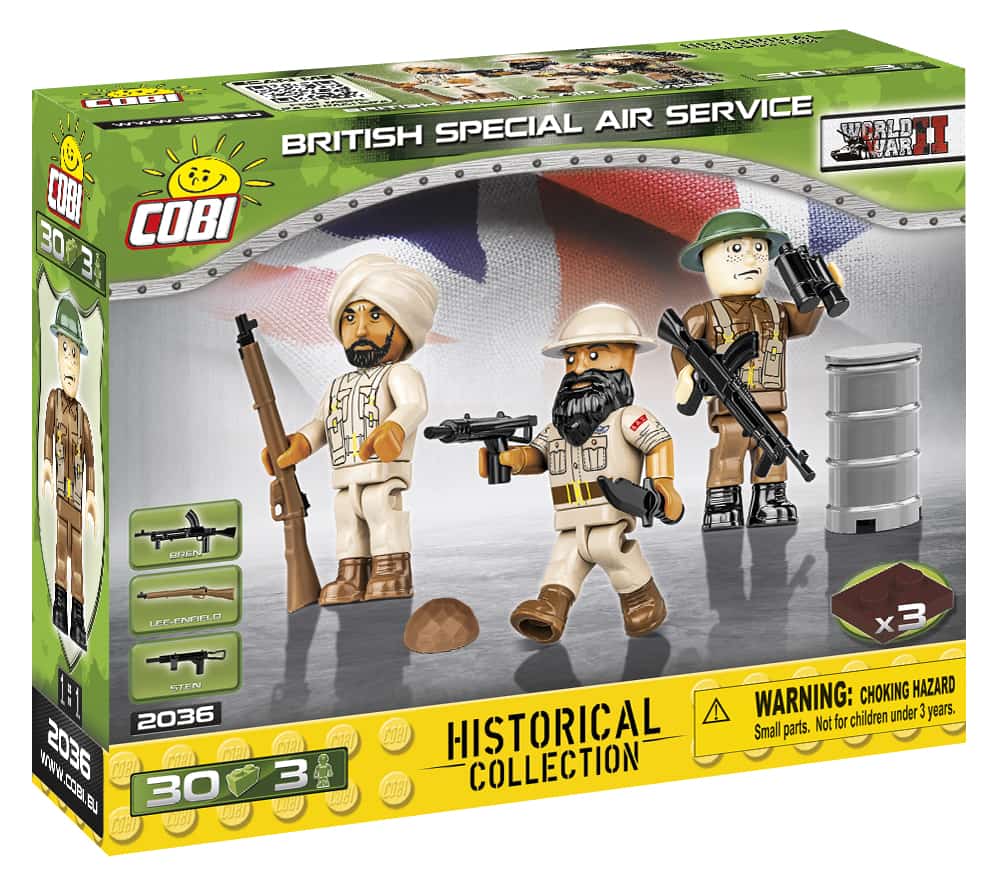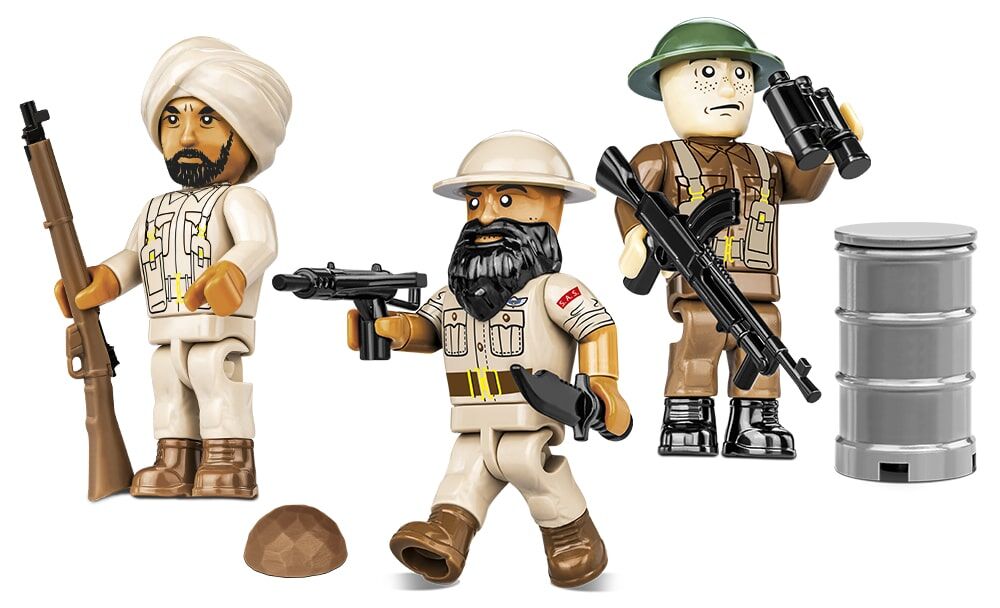Have a question or need customer support? Give us a call or text at 615-549-5441.
Description
The Special Air Service (SAS) is a special forces unit of the British Army. The SAS was founded in 1941 as a regiment, and later reconstituted as a corps in 1950. The unit specializes in a number of roles including counter-terrorism, hostage rescue, direct action and covert reconnaissance. Much of the information about the SAS is highly classified, and the unit is not commented on by either the British government or the Ministry of Defense due to the secrecy and sensitivity of its operations.
The corps currently consists of the 22nd Special Air Service Regiment, the regular component, as well as the 21 Special Air Service Regiment (Artists) (Reserve) and the 23rd Special Air Service Regiment (Reserve), which are reserve units, all under the operational command of United Kingdom Special Forces. Its sister unit is the Royal Navy’s Special Boat Service which specializes in maritime counter-terrorism. Both units are under the operational control of the Director Special Forces.
The SAS during WW2
The Special Air Service was a unit of the British Army during the Second World War that was formed in July 1941 by David Stirling and originally called “L” Detachment, Special Air Service Brigade—the “L” designation and Air Service name being a tie-in to a British disinformation campaign, trying to deceive the Axis into thinking there was a paratrooper regiment with numerous units operating in the area (the real SAS would “prove” to the Axis that the fake one existed). It was conceived as a commando force to operate behind enemy lines in the North African Campaign and initially consisted of five officers and 60 other ranks. Its first mission, in November 1941, was a parachute drop in support of the Operation Crusader offensive. Due to German resistance and adverse weather conditions, the mission was a disaster; 22 men, a third of the unit, were killed or captured. Its second mission was a major success. Transported by the Long Range Desert Group, it attacked three airfields in Libya, destroying 60 aircraft with the loss of 2 men and 3 jeeps. In September 1942, it was renamed 1st SAS, consisting at that time of four British squadrons, one Free French, one Greek, and the Folboat Section.
In January 1943, Colonel Stirling was captured in Tunisia and Paddy Mayne replaced him as commander. In April 1943, the 1st SAS was reorganized into the Special Raiding Squadron under Mayne’s command and the Special Boat Squadron was placed under the command of George Jellicoe. The Special Raiding Squadron fought in Sicily and Italy along with the 2nd SAS, which had been formed in North Africa in 1943 in part by the renaming of the Small Scale Raiding Force. The Special Boat Squadron fought in the Aegean Islands and Dodecanese until the end of the war. In 1944 the SAS Brigade was formed. The unit was formed from:
- 1st Special Air Service
- 2nd Special Air Service
- 3rd Special Air Service – 2e Regiment de Chasseurs Parachutists
- 4th Special Air Service – 3e Regiment de Chasseurs Parachutists
- 5th Special Air Service – lineage continued by Belgian Special Forces Group
- F Squadron – responsible for signals and communications
It was tasked with parachute operations behind the German lines in France and carried out operations supporting the Allied advance through France, (Operations Houndsworth, Bulbasket, Loyton and Wallace-Hardy) Belgium, the Netherlands (Operation Pegasus), and eventually into Germany (Operation Archway). As a result of Hitler’s issuing of the Commando Order on 18 October 1942, the members of the unit faced the additional danger that they would be summarily executed if captured by the Germans. In July 1944, following Operation Bulbasket, 34 captured SAS commandos were summarily executed by the Germans. In October 1944, in the aftermath of Operation Loyton another 31 captured SAS commandos were summarily executed by the Germans
Wikipedia – https://en.wikipedia.org/wiki/Special_Air_Service
Video Intel
Below are very informative and entertaining videos to discover more about this unit and it’s place in history. Please be aware that some of these videos may contain crude language and/or actual footage of warfare. This may be disturbing to sensitive or young viewers. We have selected the videos for their historical context in relation to our products for the purpose of research and learning.
Product Specifications
Additional information
| Weight | 2 oz |
|---|---|
| Dimensions | 5.25 × 4.25 × 1.5 in |
| Number of Pieces | 30 |
| Scale | Minifigure |
Product Reviews
Other Great Products
Related products
Stay Up To Date!
Sign up below to be notified when new products or exciting promotions are being offered.



Reviews
There are no reviews yet.